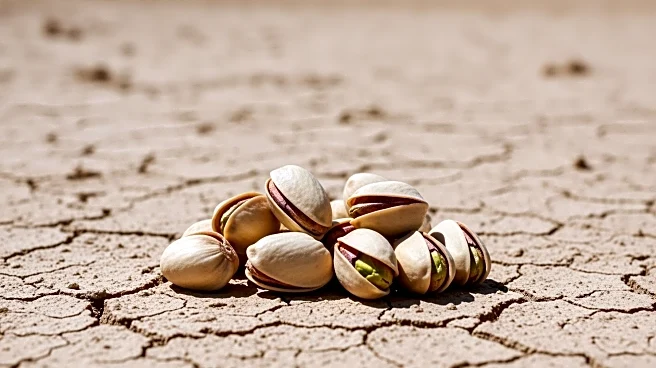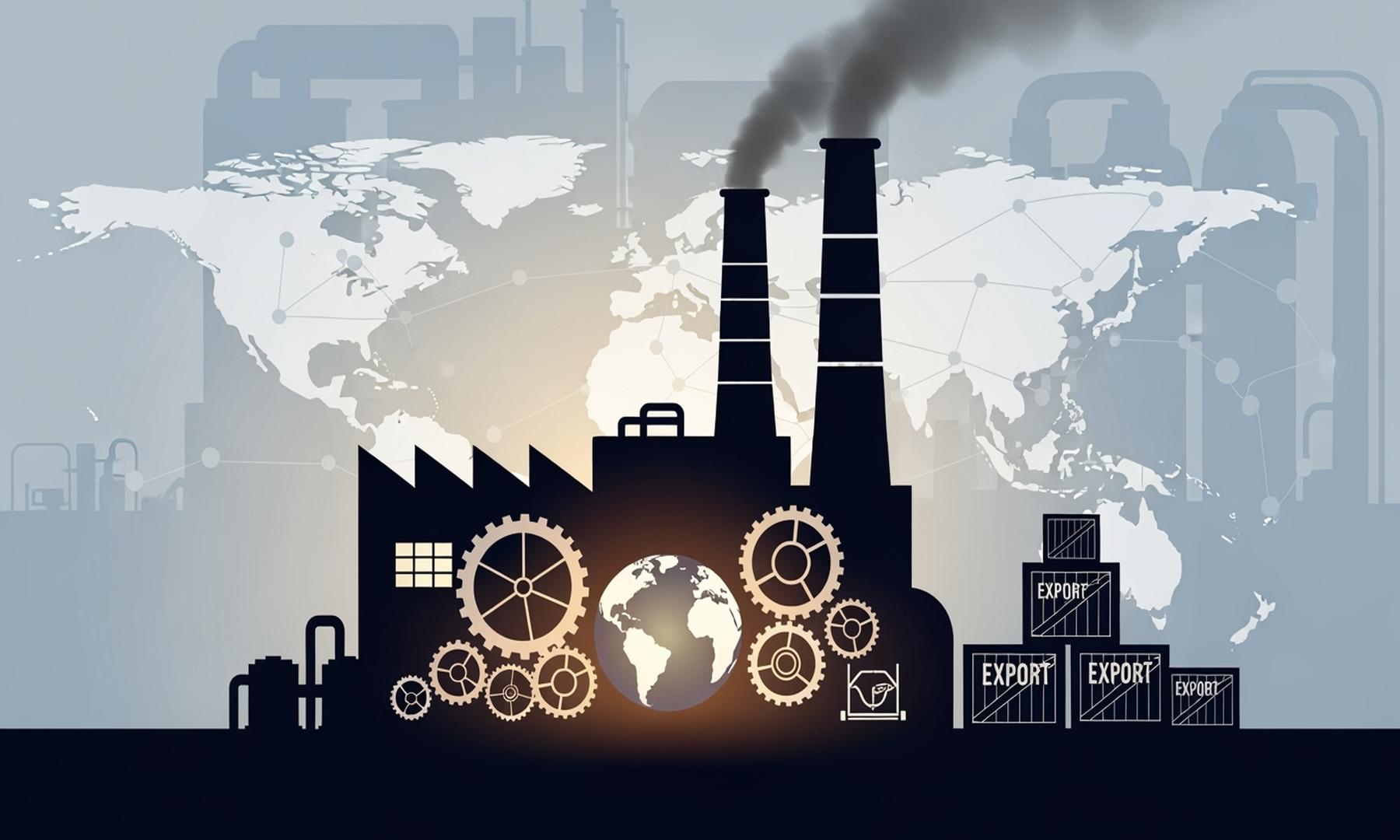What's Happening?
California has emerged as the leading global supplier of pistachios, a position it has achieved over the past century. The state's pistachio industry is now facing challenges due to increasing demand,
particularly driven by trends such as the Dubai chocolate craze, and persistent drought conditions. These factors are putting pressure on growers to maintain production levels. Despite the environmental challenges, California continues to produce 99% of America's pistachios, highlighting the resilience and importance of this agricultural sector.
Why It's Important?
The pistachio industry is a significant contributor to California's economy, providing jobs and supporting local communities. The rising global demand for pistachios, fueled by international trends, presents both opportunities and challenges for growers. On one hand, increased demand can lead to higher revenues and expansion opportunities. On the other hand, the ongoing drought conditions threaten the sustainability of production, potentially leading to increased costs and resource management issues. The situation underscores the broader impact of climate change on agriculture and the need for adaptive strategies.
What's Next?
California pistachio growers may need to explore innovative water management techniques and drought-resistant crop varieties to sustain production levels. Additionally, there could be increased investment in technology to optimize irrigation and improve yield efficiency. Stakeholders, including policymakers and industry leaders, might engage in discussions to address the environmental challenges and support the agricultural sector through incentives or subsidies. The global market dynamics may also prompt strategic partnerships and export agreements to capitalize on the growing demand.
Beyond the Headlines
The pistachio industry's challenges reflect broader environmental and economic issues facing agriculture in California. The state's reliance on water-intensive crops amidst drought conditions raises ethical and sustainability questions. Long-term shifts in agricultural practices may be necessary to balance economic growth with environmental stewardship. This situation could also influence consumer behavior, as awareness of climate impacts on food production grows.













